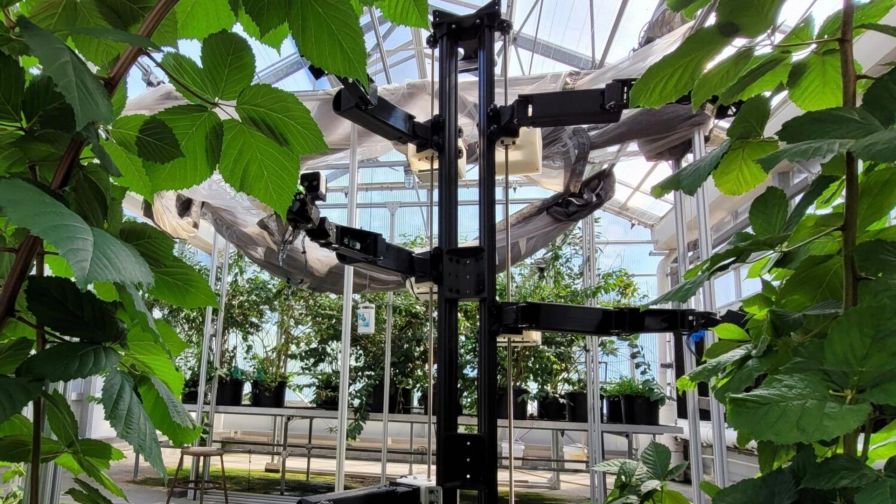Ways Automated Replenishment Can Benefit Both You and Your Retail Customers
Replenishment is the process of resupplying stock to items that have been sold. It can be as simple as managing a small store with a single location. However, most retailers are using replenishment to optimize operations, bring down costs and improve customer service.
Many growers handle replenishment tasks on behalf of their retail customers. While this may be beneficial to your customers, it also adds another responsibility for you to manage. The most important part of replenishment is having a system that works well and effectively automates the process, saving you time and effort.
One of the biggest challenges for replenishment is getting all the data points you need to see together and arranged and aggregated so that you can make effective decisions. These data points include product availability, current store inventory, sell-through, and other key retail statistics, costs, and things such as upcoming promotions and even weather.
There are many factors that affect automatic replenishment, such as seasonality and business growth rate. These factors always change over time, and the challenge is to ensure the replenishment system stays in line with those changes.
Typical Types of Replenishment
Effective growers and retailers use replenishment software to allow stores to order and receive the required inventory at preferred times. There are four basic types of replenishment.
- Report-Based Replenishment: This is the simplest and still has manual components. Simply use the vast number of reports from your ERP or back-end system, and check out your key metric values by store such as inventory level, sell-through, or other key metrics. The user may have to aggregate data from multiple sources to make good decisions quickly based on store activity and other factors like availability or weather. Then, based on these inputs, you can make individual quantity decisions to replenish the stores.
- Fixed Schedule Replenishment: This is a more custom approach where you are delivering a highly seasonal item set with a short sell window. Seasonal items for Halloween or Christmas programs fall into this bucket. In those cases, you can create a fixed schedule of replenishment with known or calculated delivery quantities by SKU/store. This is especially good for dealing with loading the store on the front of the selling season time frame, providing you with product visibility, giving you the power to better serve your retailers and your customers
- Worksheet-Based Replenishment: This allows you to create a view of your availability, store-SKU statistics, and order quantities automated or adjusted in a savable worksheet format. Once complete, you can transform this into a loadable format for your order fulfillment system to eliminate a lot of hand keying for the orders by integrating with your back-office systems.
- Custom Replenishment: For the most demanding replenishment environments, custom solutions can bring together a wide array of data sets and integrate them into a cohesive juxtaposed picture of the key data you need to make decisions, with an ability to modify how the suggested orders are generated and a high SKU to low SKU automated breakout algorithm. This customized feature can reduce the amount of office staff to do your replenishment by a significant amount by putting the key product performance, availability, and inventory information in the hands of those who need it.
Learn more in this post at AdvancedGrowerSolutions.com.










